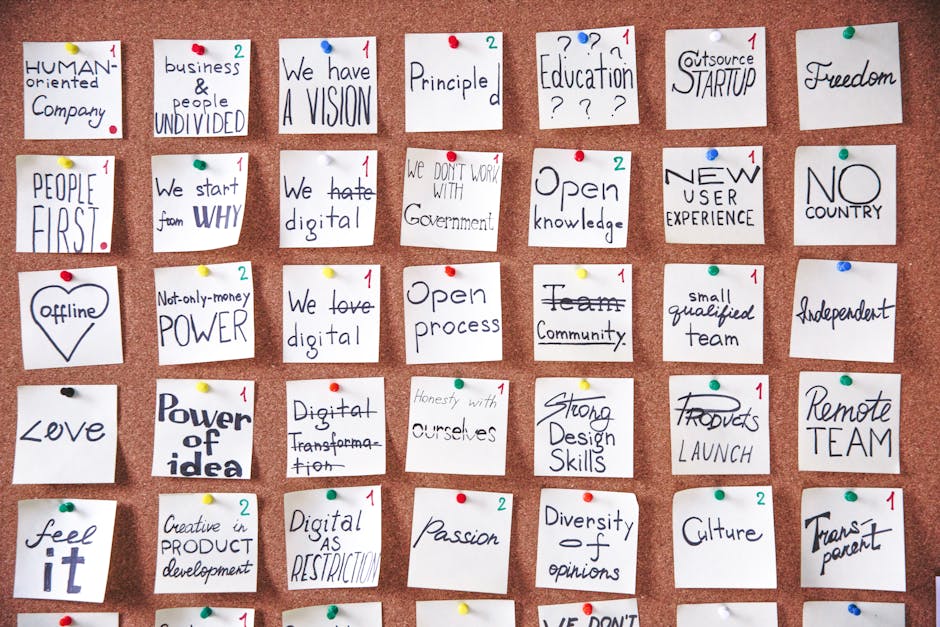Digital Transformation in Non-Profits: Navigating the Future
In an era dominated by technological advancements and digital innovations, non-profit organizations are increasingly embracing digital transformation to enhance their operations, reach a wider audience, and achieve their philanthropic goals more effectively. The integration of digital technologies in the non-profit sector has revolutionized the way organizations connect with donors, deliver services, and advocate for social change. As we delve into the realm of digital transformation in non-profits, we uncover a world of possibilities, challenges, and opportunities that are reshaping the landscape of the non-profit sector.
The Evolution of Digital Transformation in Non-Profits

Historically, non-profit organizations have been slower to adopt digital technologies compared to their counterparts in the private sector. However, in recent years, there has been a significant shift towards embracing digital transformation as a means to improve efficiency, transparency, and impact. Non-profits are leveraging digital tools such as social media, cloud computing, data analytics, and mobile applications to streamline their operations, engage with stakeholders, and drive social change.
For example, organizations like charity: water have utilized digital platforms to raise awareness about global water crises, solicit donations online, and track the impact of their projects in real-time. By harnessing the power of digital technology, non-profits are able to amplify their reach, mobilize support, and make a tangible difference in the communities they serve.
The Benefits of Digital Transformation for Non-Profits

One of the key advantages of digital transformation for non-profits is the ability to enhance transparency and accountability. By leveraging digital platforms to track donations, monitor project outcomes, and communicate results to donors, non-profit organizations can build trust and credibility with their supporters. Additionally, digital technologies enable non-profits to collect and analyze data more effectively, allowing them to make data-driven decisions, measure impact, and optimize their programs for greater effectiveness.
Moreover, digital transformation can help non-profits improve their operational efficiency and reduce costs. By automating manual processes, streamlining communication channels, and centralizing data storage, organizations can eliminate redundancies, minimize errors, and allocate resources more efficiently. This, in turn, allows non-profits to focus their efforts on their core mission and maximize the impact of their programs.
The Role of Data Analytics in Non-Profit Digital Transformation

Data analytics plays a crucial role in the digital transformation of non-profit organizations. By leveraging data analytics tools and techniques, non-profits can gain valuable insights into donor behavior, program effectiveness, and social impact. This data-driven approach allows organizations to personalize their fundraising campaigns, target their outreach efforts more effectively, and measure the success of their initiatives with greater precision.
For example, organizations like Kiva use data analytics to assess the creditworthiness of borrowers, predict loan repayment rates, and optimize their lending strategies. By harnessing the power of data, non-profits can make informed decisions, identify trends and patterns, and adapt their strategies in real-time to achieve better outcomes.
Challenges and Considerations in Non-Profit Digital Transformation

While the benefits of digital transformation in non-profits are undeniable, there are also challenges and considerations that organizations must navigate in the process. One of the key challenges is the digital divide, which refers to the gap between those who have access to digital technologies and those who do not. Non-profits must be mindful of this divide and ensure that their digital initiatives are inclusive and accessible to all members of the community they serve.
Additionally, non-profits may face resistance to change from internal stakeholders who are unfamiliar or uncomfortable with digital technologies. It is important for organizations to invest in training and capacity-building to ensure that staff members are equipped with the necessary skills and knowledge to leverage digital tools effectively. Moreover, non-profits must prioritize data security and privacy to protect the sensitive information of donors, volunteers, and beneficiaries.
Case Studies: Non-Profits Leading the Way in Digital Transformation
Several non-profit organizations have emerged as pioneers in digital transformation, setting the standard for innovation and excellence in the sector. For example, the American Red Cross has leveraged digital platforms to provide real-time updates during emergencies, mobilize volunteers through social media, and collect donations via mobile apps. The organization’s digital transformation has enabled it to respond more quickly and effectively to disasters, saving lives and supporting communities in times of need.
Another exemplary case is that of DonorsChoose, an online platform that connects teachers with donors to fund classroom projects. By harnessing the power of crowdfunding and social media, DonorsChoose has revolutionized the way teachers access resources and engage with donors. The organization’s digital transformation has enabled it to scale its impact, reach new audiences, and empower educators to create innovative learning experiences for their students.
Common Misconceptions About Digital Transformation in Non-Profits
One common misconception about digital transformation in non-profits is that it is only relevant for large organizations with significant resources. In reality, digital technology is accessible and affordable for non-profits of all sizes, and organizations can tailor their digital strategies to suit their specific needs and objectives. By starting small, experimenting with different tools, and measuring the impact of their digital initiatives, non-profits can gradually build their digital capacity and unlock new opportunities for growth and sustainability.
FAQs About Digital Transformation in Non-Profits
1. What are some key digital tools that non-profits can leverage to enhance their operations?Non-profits can benefit from a wide range of digital tools, including social media platforms for engagement, donor management systems for tracking donations, and data analytics software for measuring impact.2. How can non-profits ensure the security of donor data in the digital age?Non-profits should prioritize data security and privacy by implementing robust encryption protocols, conducting regular security audits, and training staff members on best practices for data protection.3. What are some ways that non-profits can overcome resistance to digital transformation?Non-profits can overcome resistance to digital transformation by fostering a culture of innovation, providing training and support to staff members, and demonstrating the value of digital technologies through tangible results and success stories.
To Wrap Things Up
As we navigate the complex and dynamic landscape of digital transformation in non-profits, it is clear that technology has the power to revolutionize the way organizations operate, engage with stakeholders, and achieve their mission-driven objectives. By embracing digital transformation, non-profits can unlock new opportunities for growth, impact, and sustainability, paving the way for a brighter future for the sector and the communities it serves.
Remember, the journey towards digital transformation may be challenging, but the rewards are truly transformative. Let’s harness the power of digital technology to create a more connected, inclusive, and impactful non-profit sector for generations to come.




